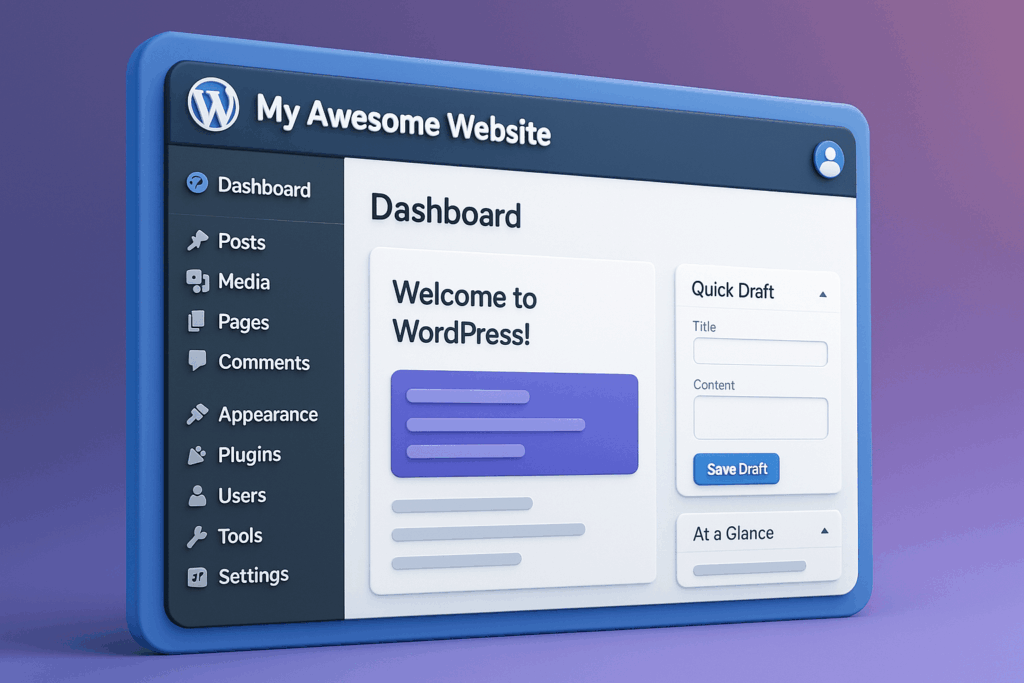A pitch deck is a short, impactful presentation designed to attract investor interest in your startup. It should clearly communicate your product, business model, and vision while being visually engaging and easy to digest. This guide outlines the essential slides, best practices, and common mistakes to help you craft an investor-ready pitch deck.
What Is a Pitch Deck?
A pitch deck is a presentation created to convince investors to put money into a business. Sometimes called start-up decks, these presentations compellingly communicate all relevant information to potential investors.
Decks are usually around 15-20 slides. They can be created in PowerPoint, but some companies use Google Slides, Illustrator, Canva, Prezi, or Visme to create their pitch decks for a cleaner design.
Since pitch decks are so short, they have to be intelligently designed. Typically they have product or service information, company information, finances, and other content that tells the complete story of the business in the most efficient and impactful way.

Why Should I Use a Pitch Deck?
A pitch deck is necessary when scouting new investors. Most will ask for it directly or expect you to have one prepared.
However, the goal of the first pitch deck presentation shouldn’t be to lock down the deal. The first time you meet with a potential investor and present your deck should be focused on generating interest and enthusiasm from investors, along with answering any questions they may have.
Then, if successful, the investors will invite you back, and a deal can be struck then.
So keep that in mind when creating your pitch deck. You don’t need every single little detail in the first presentation, just enough to hook investors, establish trust, and quell any immediate questions or concerns.
The right way to create a pitch deck that’s ready for investors:
- Share your knowledge, passion, and expertise for your product and why your company is uniquely positioned to sell it in the marketplace.
- Use visuals that align with your brand and don’t overwhelm the presentation.
- If your company is product-based, bring a prototype to the meeting. If your company is service-based, get testimonials, before and after photos, process walk-throughs, etc., to explain your service.
- Make it digestible. Don’t put too much text on any one slide, and never use a font smaller than 16px.
- Send the pitch deck in PDF format to all meeting attendees prior to the meeting. That way, they can look it over prior and prepare their questions.
- After creating the pitch deck, double-check that it aligns with your branding and overall company values.
- Double-check all the details. Have someone review for clarity, grammar and spelling errors, financial errors, etc. Also, make sure to use the correct aspect ratio. Typically people use a ratio of 16:9.
The Wrong Way to Create an Investor-Ready Pitch Deck:
Don’t overwhelm potential investors by including too much information on each slide or too many slides. Cut what isn’t relevant and keep what is.
- Don’t use industry-specific acronyms or overly complex language. Some business owners use complex language to assert themselves as experts but being able to simply and clearly explain your product will always be more effective.
- Don’t design it yourself unless you have an eye for design! Hire a pitch deck design agency.
Slides to Include on a Pitch Deck
1. The Cover
The first slide is the easiest! All you need to include is your logo and vision statement. This statement should describe how the company will impact its customers as it grows. This should be an inspirational statement that investors want to get behind.
For example, Apple’s vision statement is “Apple strives to make the best products on earth, and to leave the world better than we found it.” Uber’s vision statement is, “Transportation as reliable as running water, everywhere for everyone.” Both of these statements offer inspiration and give investors a clear idea of the company’s objective.
2. The Problem
You need to present a clear reason as to why your product/service needs to exist. Why are current solutions inadequate? Don’t put a wall of text on this slide; clearly present the problem in one sentence or a few bullet points.
3. The Solution
Now it is time to share your solution–your product or service! Share why your solution will fill a need for your target market. You can go into some product specs or details about your services here, but don’t go too far into the details. The focus of this section should be sharing how your product solves the aforementioned problem.
4. The Product
Here you should go into more detail about what you’re creating. Include 1-3 slides that clearly explain your product and its key functionalities (including product screenshots/mockups can be helpful here).
5. The Team
These slides should have two objectives: share your company’s personality and reassure investors by positioning yourselves as the experts.
To complete both objectives, share the name, photo, and title of all relevant team members. Then include a short bio of each team member, including their expertise, experience, and education. Make these short and edit them down to include the most impactful pieces of information for investors to see. If you have space, include a fun fact about your employees. Extra points if the fun fact has something to do with your product or service.
It is important that investors hear clear arguments for why your team is uniquely positioned to run this company. If you don’t have a full team, clearly explain how you are the right person to hire this new team of experts.
6. Your Competition
Share any research you have done on competitors in your market. Instead of focusing your energy on what they bring to the table, show investors what sets you apart from the crowd. Remember you’re here to generate interest from potential investors, so what makes your business interesting in the existing market?
7. Traction
To create a powerful pitch deck for investors, you should show them results if you’ve already started marketing your product. Revealing this information is not absolutely necessary, but it can alleviate concerns about product market fit that potential investors might have.
If you’re pre-launch, try to show some data that signifies market interest – it could be something as simple as email waitlist sign-ups.
8. The Business Model
Share with investors how your product or service will make them money. Share the high-level plans for your business, focusing on how you plan to generate revenue.
9. The Next Steps
During this portion of the presentation, give the potential investors clear next steps in the product (or service) creation. Do you need to open a factory? Do you need to build new features?
Share anything that may be needed in the short term in order to build and grow your business.
10. The Ask
Learning how to create a pitch deck for investors has many steps. The final step is to formulate the ask, which is why you’re pitching in the first place. Take great care in scripting the ask, but the slide can be blank or include the company’s logo and contact information.
The ask could include:
- How much money you’re raising, and at what valuation
- How funds will be used
Get a Pitch Deck That Wins Investors
A well-crafted pitch deck can be the difference between securing funding or getting overlooked. It needs to be clear, engaging, and visually compelling to capture investor interest. At Burst Digital, we specialize in professional pitch deck design that aligns with your brand and effectively communicates your value proposition.
Whether you need a polished investor presentation, a branded pitch deck, or help refining your messaging, our team is here to help. We’ve worked with startups across industries to create pitch decks that impress and convert.
While these are the most important slides to include in a pitch deck, every business is unique. If you’re interested in hiring a pitch deck creation agency, get in touch with our team today.



